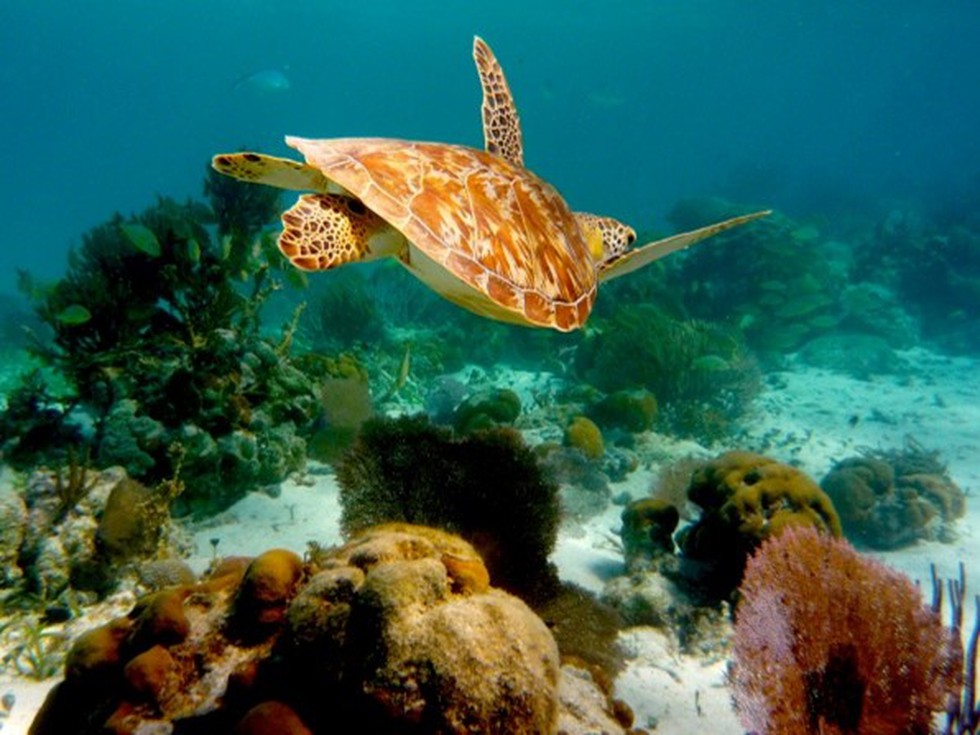About Marine Protected Areas (MPAs):
- MPAs are areas of the ocean set aside for long-term conservation aims.
- They support climate change adaptation and mitigation while providing other ecosystem services.
- The specific purposes, legal authority, level of protection, management approaches, and use allowance of individual marine protected areas (MPAs) can vary greatly from site to site
- Many MPAs allow people to use the area in ways that do not damage the environment. Some ban fishing. A few do not allow people to enter the area at all.
- MPAs currently cover about 6.35% of the ocean. However, only just over 1.89% of that area is covered by exclusively no-take MPAs that do not allow any fishing, mining, drilling, or other extractive activities.
What is the United Nations High Seas Treaty?
- It is the first-ever treaty to protect the world's oceans that lie outside national boundaries.
- It is also known as the ‘Paris Agreement for the Ocean.’
- It is a legally binding treaty to protect marine life in international waters.
- It aims to place 30% of the seas into protected areas by 2030 (a pledge made by countries at the UN biodiversity conference in 2022).
- It will provide a legal framework for establishing vast marine protected areas (MPAs) to protect against the loss of wildlife and share out the genetic resources of the high seas.
